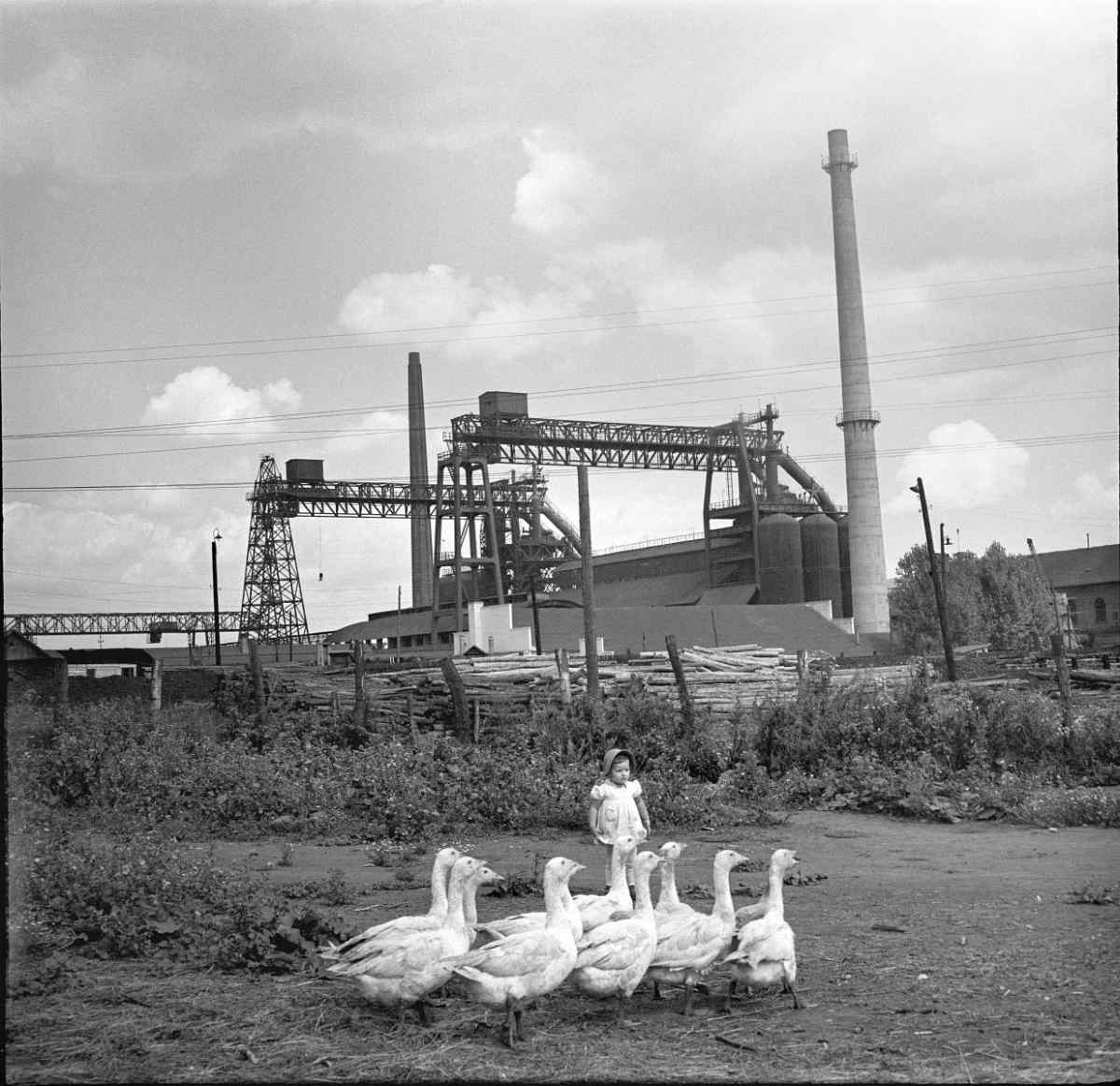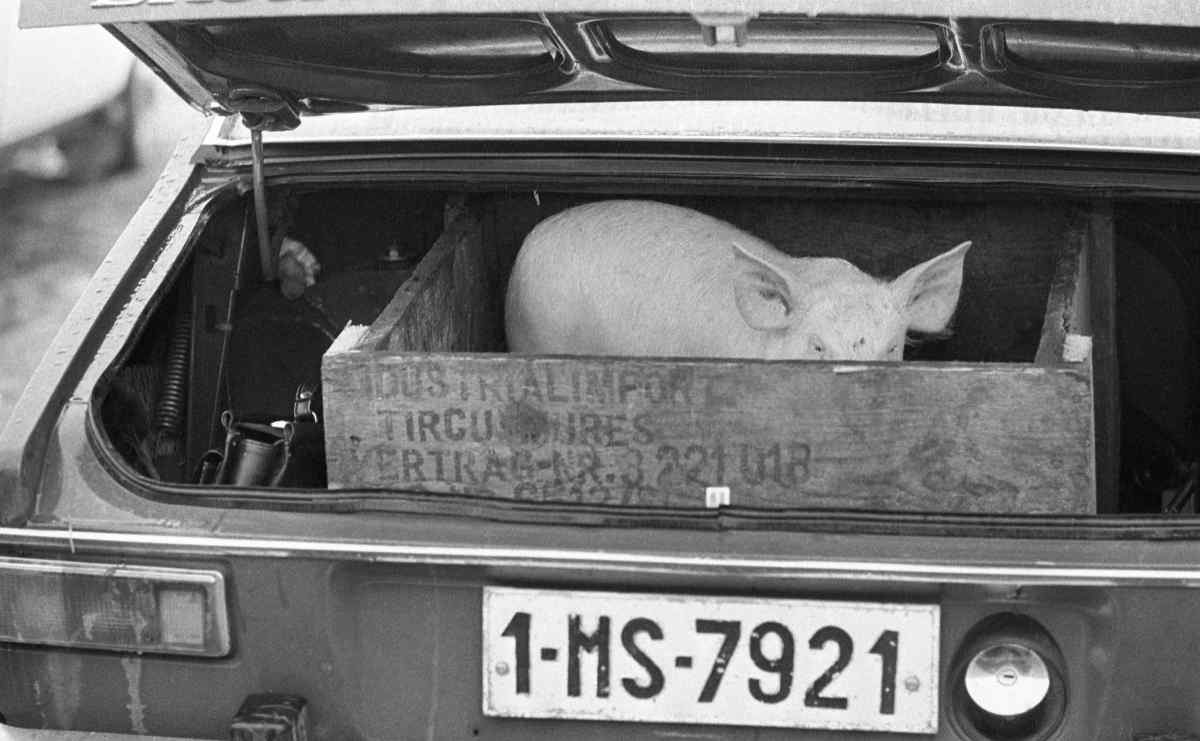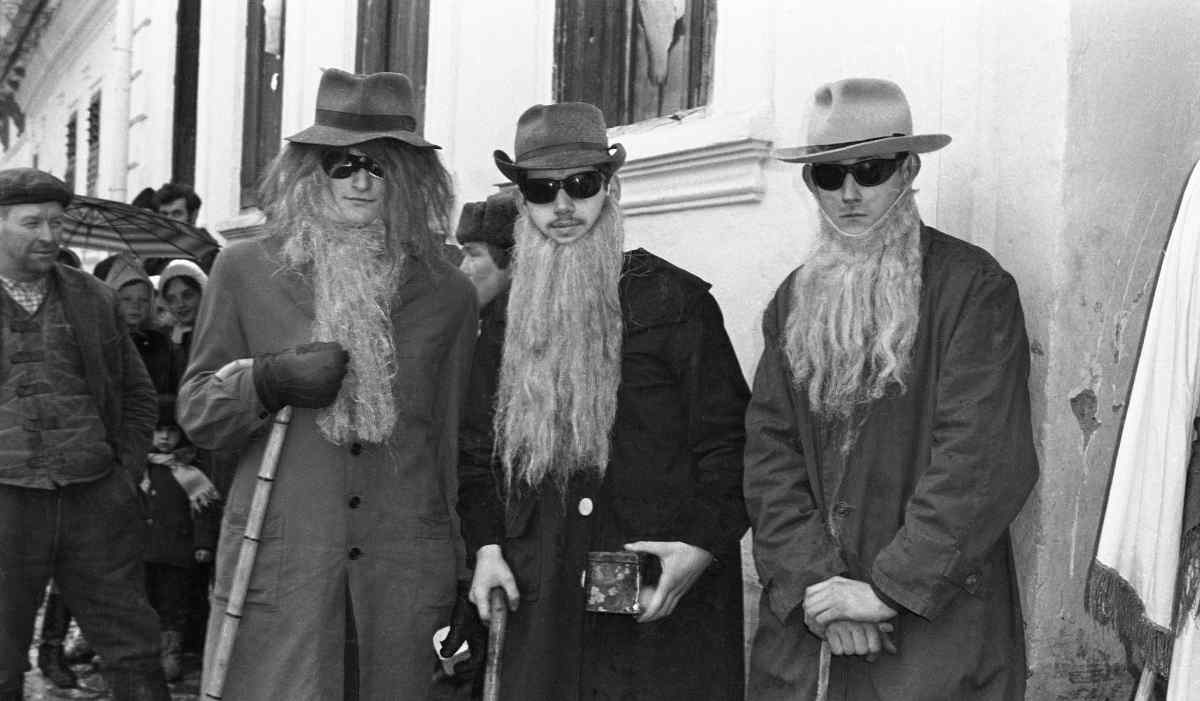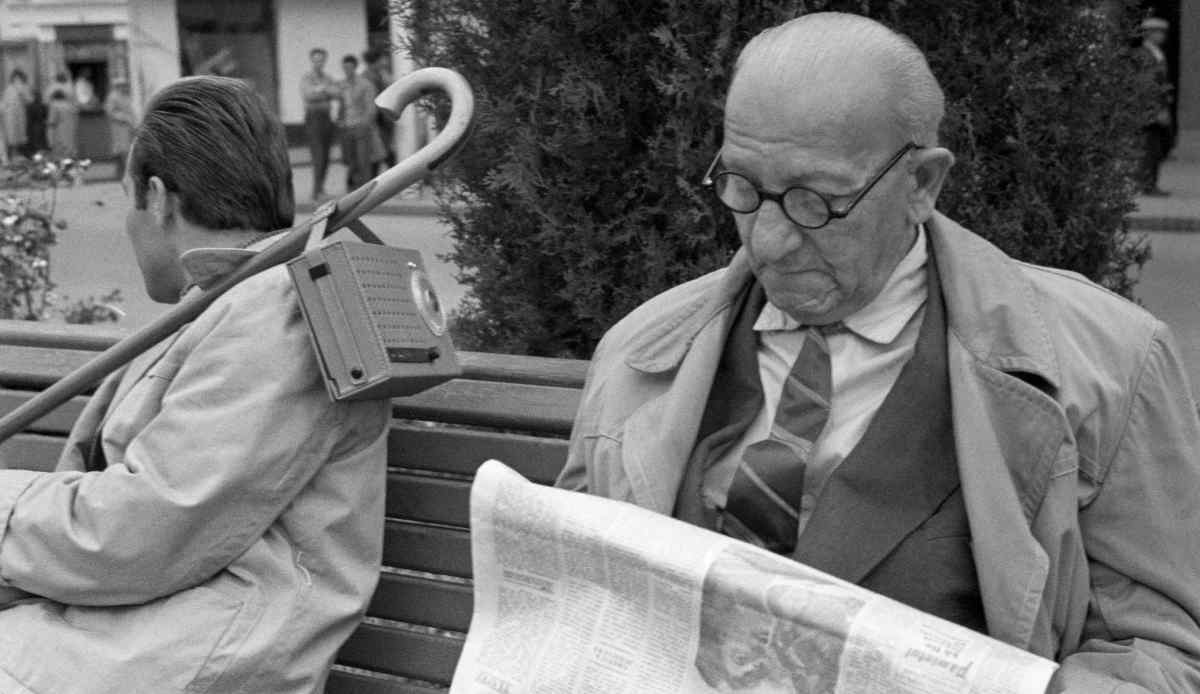The Tactless Photojournalist
Lajos Erdélyi’s Archive from the Ceaușescu Era












Lajos Erdélyi (1929, Târgu Mureș – 2020, Budapest) was a photojournalist, journalist, savior of archives, and a well-known and respected figure in Transylvanian cultural life and photography. In 2023–24, thanks to the dedicated work of his family and intermediaries, Erdélyi’s archive was transferred to the Blinken OSA Archivum. After two years of processing, 70 percent of the collection is cataloged: ten thousand photographs, one hundred fifty audio cassettes, one hundred videos, and twenty boxes of textual documents.
The exhibition is the first comprehensive presentation of Erdélyi’s oeuvre. The Tactless Photojournalist: Lajos Erdélyi’s Archive from the Ceaușescu Era will be opened by writer György Dragomán on June 19, 2025, at 6 p.m. The curators are photographer Lenke Szilágyi and senior archivist Zsuzsa Zádori.
Erdélyi’s photographs and writings give the viewer an insight into everyday life in state-socialist Romania. At the center of the exhibition The Tactless Photojournalist stands Erdélyi himself—the photojournalist who, on assignments for the biweekly magazine Új Élet, traveled extensively in Romania during the Ceaușescu era, from Oradea to the Danube Delta. That is how he came to know how people lived in the country: the workers in factories, mines, and agricultural cooperatives; the residents of foster homes, hospitals, and young children in boarding nurseries; shepherds and raftsmen, metallurgists, fishermen, and day laborers. He documented what he saw as honestly as he could—by getting close to his subjects—even though he worked under severe constraints, as testified by the docket books found among his papers: Erdélyi was required to account for every roll of film, every negative he used, every single frame, down to the centimeter as if they were bullets for an AK-47. Central control over material was a form of censorship. The photojournalist had little room for maneuver, and producing a newspaper in Romania was a highly dangerous undertaking.
The public knows Lajos Erdélyi—or Laló, as he was known to most—primarily for his portraits of Hungarian artists in Transylvania and as a heritage conservationist who explored the Jewish cemeteries of the region. This lyrical, personal side of his work has also been a central focus of earlier exhibitions. Erdélyi is also recognized for rescuing from destruction and oblivion the photographs of Balázs Orbán from Transylvania, Count Sámuel Teleki’s images from East Africa, and the unique drawings of Dr. Imre Holló, created in concentration camps in 1944.
The aim of this exhibition is to introduce the public to a lesser-known yet equally important Erdélyi—one who, even when working on official assignments, was able to make autonomous, visually compelling, and at times grotesque statements about the era in which he lived and worked. The show also seeks to rediscover the forgotten journalist, who wielded the pen masterfully, and was good at translating the visual into words.
The exhibition will feature approximately 200 photographs from Transylvania, most of which have never been displayed in an exhibition setting. Original manuscripts, correspondence, press materials, and personal objects enrich the experience—including Lajos Erdélyi’s own writings, documents and letters from his parents, and other materials that visitors will be able to hold in their hands.
Beginning in 2023, the heirs of Lajos Erdélyi donated his archive to the Blinken OSA Archivum: approximately twelve thousand photographic negatives, one hundred fifty audio cassettes, one hundred videos, and twenty boxes of documents. Our aim is to ensure that Erdélyi’s life’s work is properly preserved, processed, and made accessible. While we have not finished archiving the collection, we felt it important to share with the public the most compelling pieces of this remarkable legacy.
The title of the exhibition—The Tactless Photojournalist—may seem astonishing at first, as in everyday language “tactlessness” implies insensitivity or excessive bluntness. Here, however, it is about something else. In his essay The Tactless Camera (c. 1960), which the curators consider a key text, Lajos Erdélyi describes tactlessness as a prerequisite to professional photography. He opens the piece with the assertion: “The photojournalist does not know tact. If they discover it in themselves, if they become sensitive, if they put down the camera out of compassion, they are no longer a photojournalist.” He ends the essay with a bitter confession, a self-assessment, that, over time, he himself became a tactful photojournalist.
Through the exhibited 200 documentary photographs, we seek to challenge Erdélyi’s claim. We hope that visitors, after seeing the exhibition, will also conclude that photojournalist Erdélyi possessed just the right degree of tactlessness to produce truly remarkable reportage.
Admission is free.